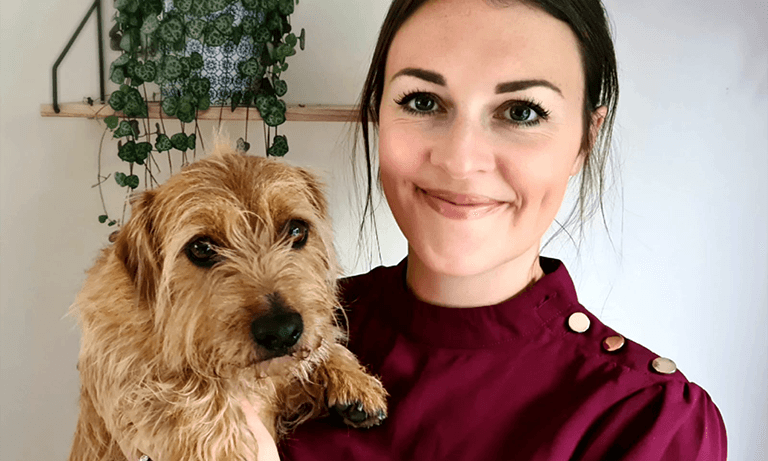Standing up for the veterinary profession
08 Aug 2024
04 Jan 2021 | Jo Oakden
A #GoodWorkplace has clear opportunities for progression, helping to keep careers rewarding and diverse, and team members to feel motivated and satisfied at work. In this blog, BVNA President Jo Oakden explains how teams can best utilise the skills of veterinary nurses and help them to progress.

With the RCVS legislative reform consultation well underway it seems like a really good opportunity to look at where the RVN role is now, what we can and can’t do in practice, and how we can best utilise the skills of our veterinary nurses within the current legislation. As we know, changing legislation takes time – and if anything, looking into the consultation has highlighted to me how much more some practices could gain from a better understanding of their nurses’ skills, and by encouraging and allowing them to use those skills.
I have worked in many practices in different parts of the UK, but always in small animal first opinion (It was the trauma of seeing my first sheep c-section and the realisation that I couldn’t take the sheep home that showed me I wasn’t cut out for large animal nursing!). Even in small animal first opinion there is a significant amount an RVN can lead the way on, and especially in a small team an experienced RVN is often what ensures the day can keep flowing. RVN’s can take the lead with preventative healthcare, inpatient care, surgical assistance, nutrition, diagnostics and schedule 3 procedures such as IV placement, phlebotomy and more. My team of nurses are always actively involved in case discussions, as they can often pick up on something others may not have seen, or they may have seen a similar case before and can share that knowledge. My brilliant team of vets value our nurses’ opinions and thoughts on a case.
In hospital and referral environments the scope of what RVNs can do is huge. There is post-graduate certification in multiple areas including: anaesthesia, oncology, surgical nursing, ECC, nutrition and many more. There are nurses placing arterial and jugular lines and nerve blocks, and nurses are now more frequently performing Point of Care Ultrasound Scans (POCUS) in triage and emergency situations. Our day one skills on completion of our veterinary nurse training ensure we are competent, understand our competencies and do not act outside of our abilities.
Even without further certification, the scope of what we can do remains significant, but I have noticed a considerable barrier seems to be the fear surrounding accountability and understanding it, as well as how to delegate. RVN’s are accountable for their actions. We are regulated by the RCVS through the Veterinary Surgeons Act 1966, the Royal Charter and the Veterinary Nurse Conduct and Discipline Rules 2014.
The VN Futures Project helped to create the ‘SUPERB’ poster, along with some case studies demonstrating successful delegation. I have often heard colleagues mention the desire for a list to make it definitive what can and can’t be delegated. A list would be completely the wrong thing to have; it would end up restricting what we can do. Within schedule 3 and delegation, the grey is good. It allows scope around what can be achieved when following the guidance.
Responsible and clear, efficient delegation requires clear communication, a positive workplace culture and an understanding and respect for each other’s level of competency. Talk to your nurses and understand where their skills lie - we all know that one RVN who can hit that impossible vein in a dehydrated creature under 1kg. Communication will also open up a conversation about areas of interest they may want to pursue further education in, and you can support them in this which will develop the skills of your team.
The discussions around the enhancement of the VN-role are long overdue; it is opening the lid on the what and exploring the how. As a practice manager, I am determined to ensure my nursing team are utilised to the best of their ability, it’s imperative they feel valued, they have career progression with wherever they want that to go, and most of all so they feel supported and maintain that enthusiasm, passion and confidence in their chosen profession. But I wouldn’t be able to manage this without the whole veterinary team on board. Keeping that open, non-judgemental, supportive work-place culture that allows people to grow is a team effort.
Take a look at our Good workplaces resources to help you assess and improve your veterinary workplace.
Get tailored news in your inbox and online, plus access to our journals, resources and support services, join the BVA.
Join Us Today